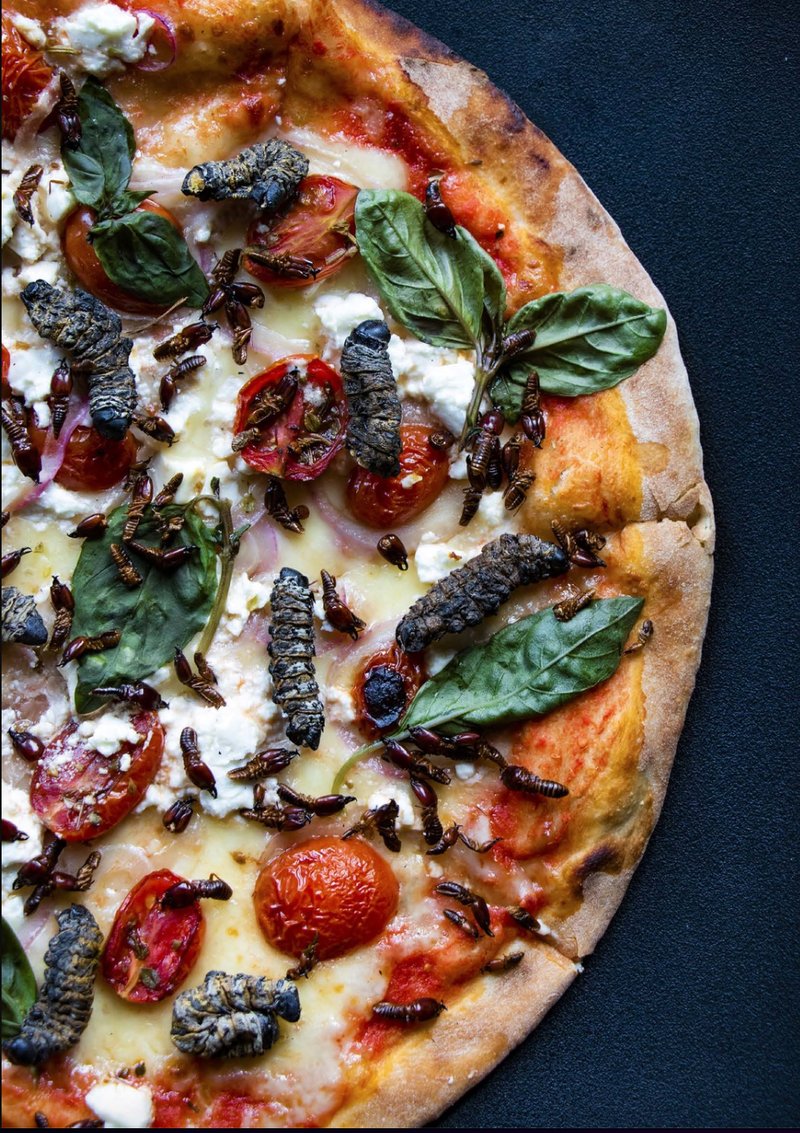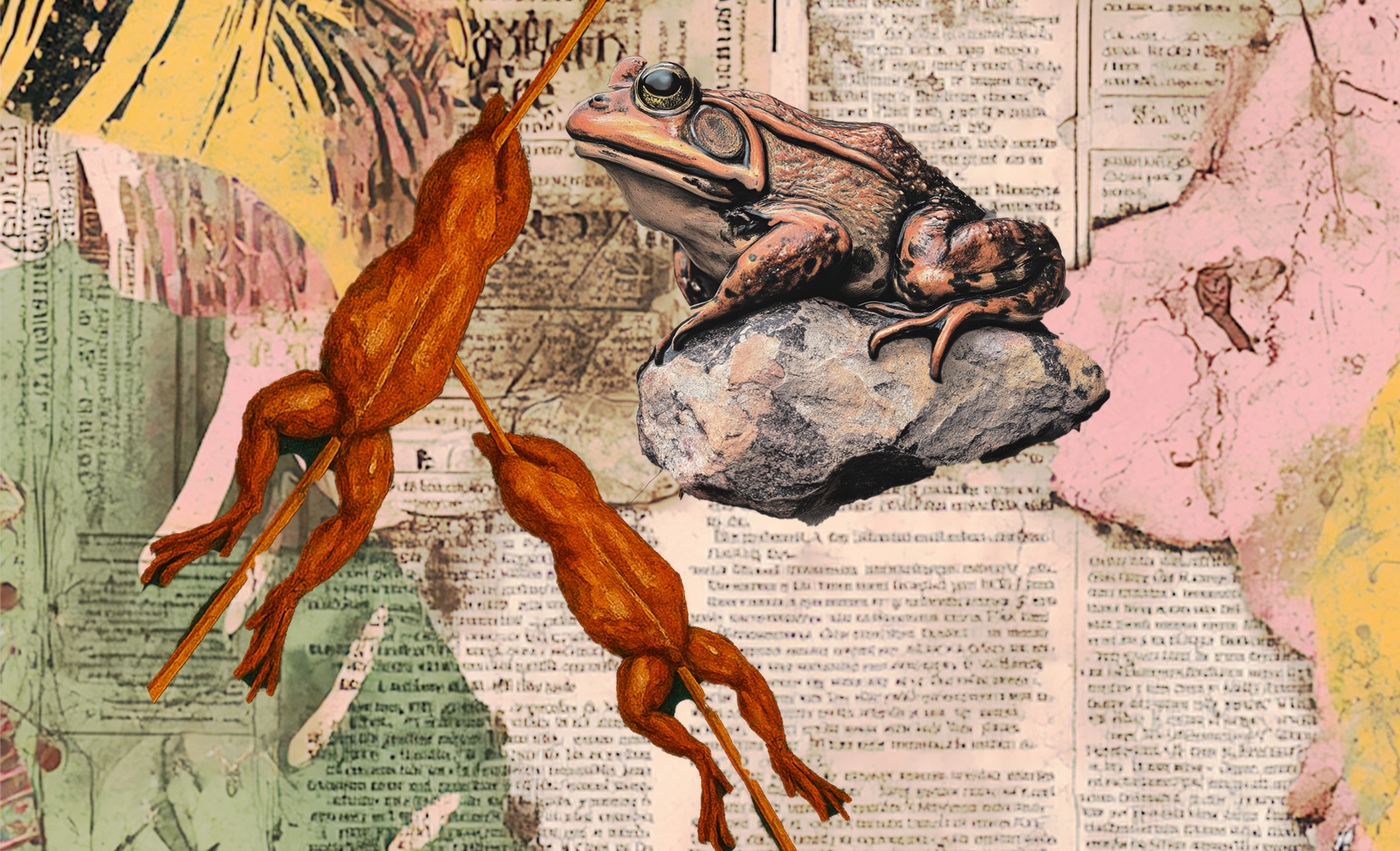As the world grapples with food security and environmental sustainability challenges, the European Union (EU) and the United Nations (UN) are advocating for insects as an alternative protein source. While this idea may seem radical to many, it is a practice deeply rooted in the culinary traditions of several African countries, including Zambia. From flying ants to caterpillars, Zambians have long embraced insects as both a food source and a delicacy. This raises an intriguing question: could it be that Zambians are ahead of the times?
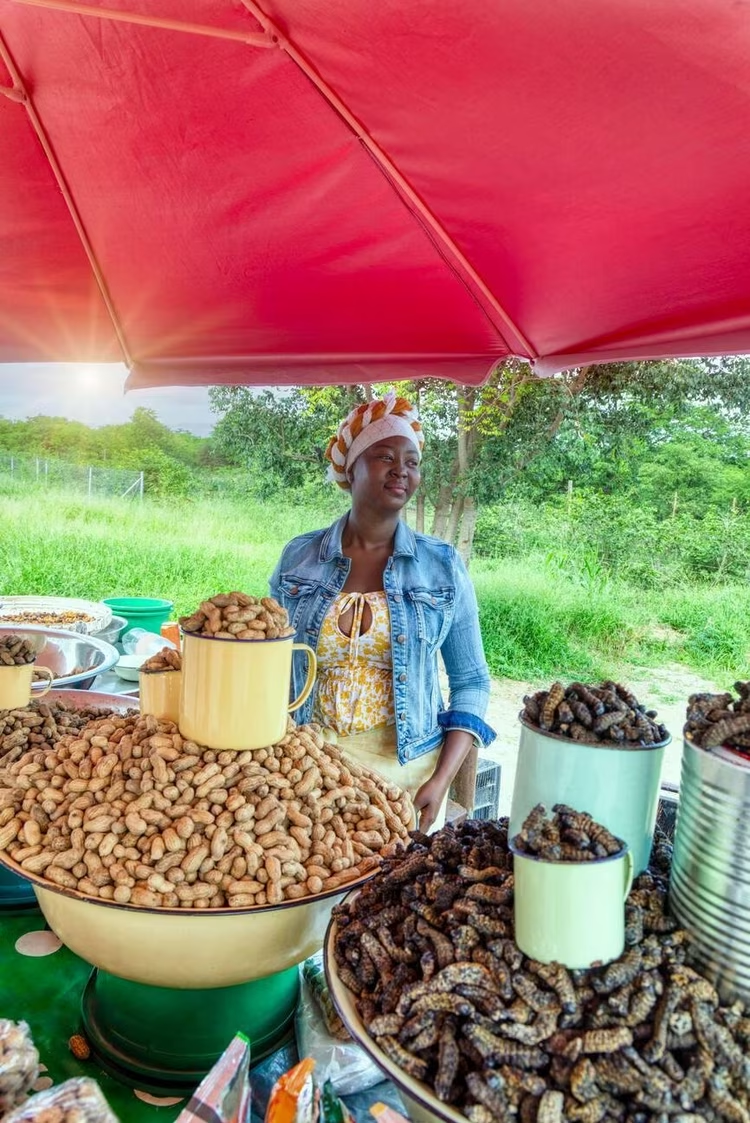
Insects: A Sustainable Protein Source
The global push towards insect consumption is driven by the need for sustainable food sources. Insects are highly efficient at converting feed into protein, requiring significantly less land, water, and feed compared to traditional livestock. Additionally, they emit fewer greenhouse gases, making them an environmentally friendly option. With the global population projected to reach 9.7 billion by 2050, the pressure on food systems is intensifying. Insects, therefore, offer a viable solution to meet the rising demand for protein sustainably.
Zambia’s Rich Tradition of Insect Consumption
In Zambia, consuming insects is not a novel concept but a cherished tradition. Various insects are eaten and considered delicacies, enjoyed for their unique flavours and nutritional benefits. Here are some of the most popular edible insects in Zambia:
Nshonkonono (Grasshoppers)
Nshonkonono, or grasshoppers, have long been a part of traditional Zambian diets, especially harvested in large quantities during certain seasons. Grasshoppers are typically collected during the rainy season, between December and March, when they appear in large numbers. After collection, the grasshoppers are thoroughly cleaned to remove dirt and wings, a task that requires patience and attention to detail.
The cleaned grasshoppers are then either sun-dried or roasted to enhance flavour and preserve them for long-term storage.
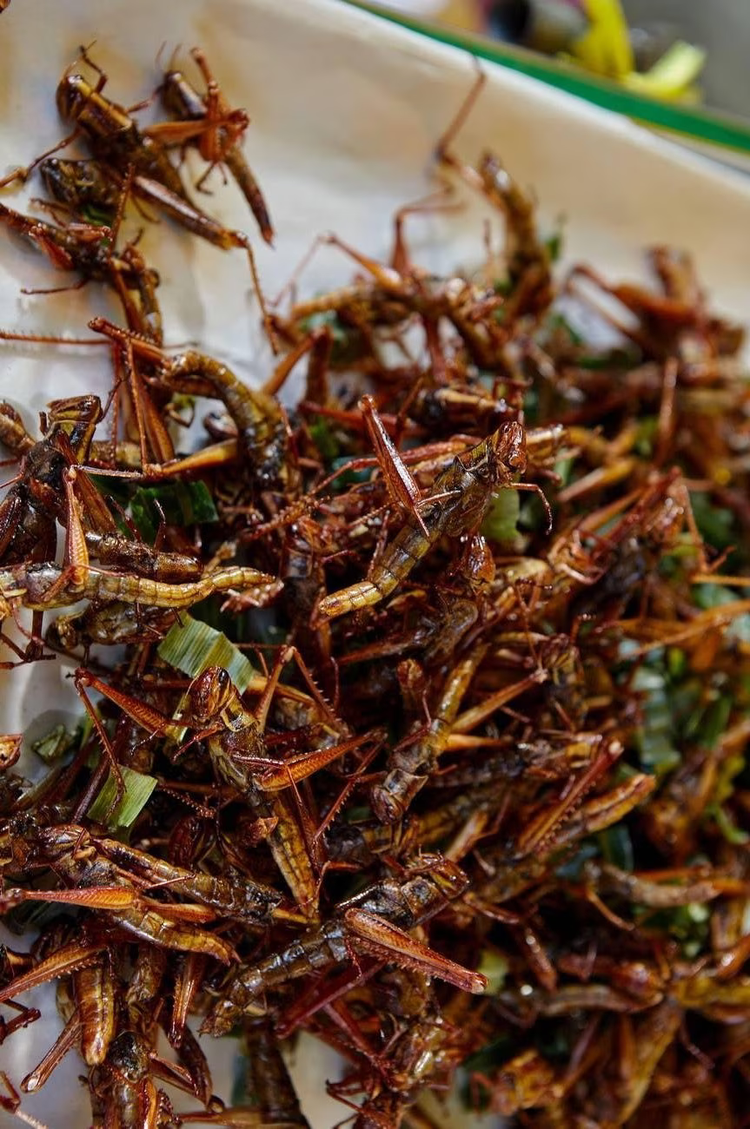
Vinkubala (Mopane Worms)
Vinkubala or mopane worms are caterpillars that are a significant source of protein. These caterpillars are harvested from the leaves of mopane trees, and like other edible caterpillars, they are boiled and dried for storage. They can be eaten as a snack or incorporated into stews and soups, offering a dense, chewy texture and a savoury taste.
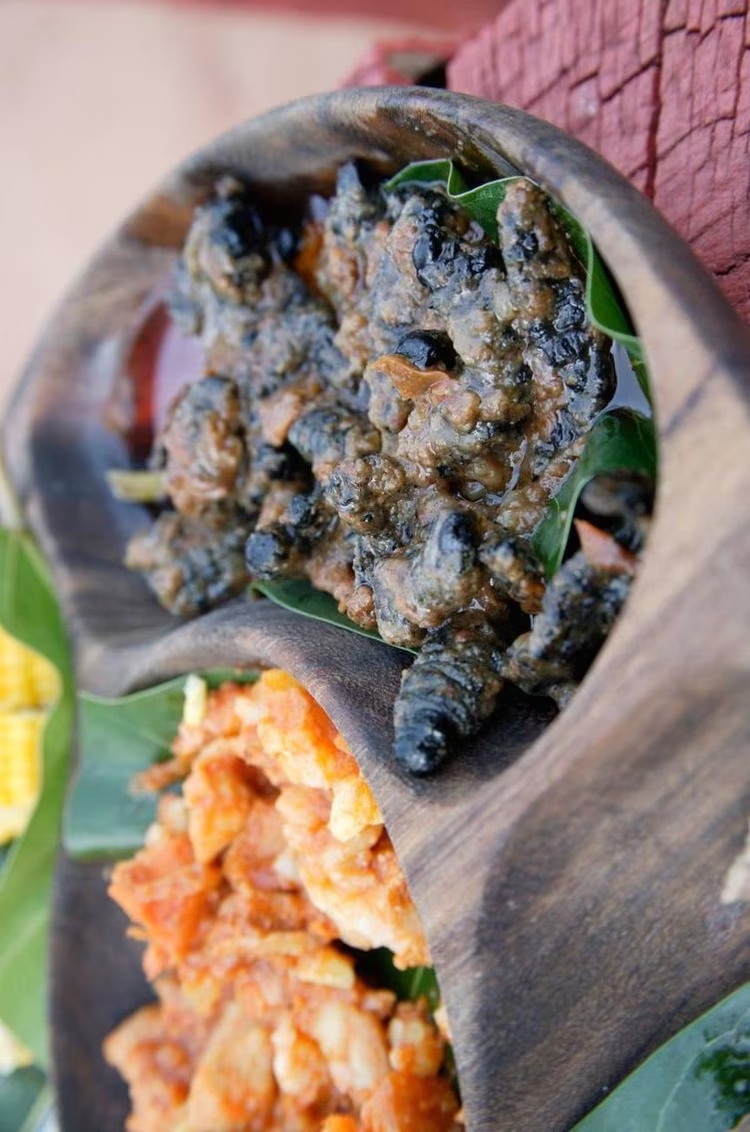
Inswa (Flying ants or Flying termites)
During the rainy season, Zambians eagerly anticipate the emergence of inswa, or flying ants. These insects are harvested in large quantities, often in the early morning or late evening when they are most active. Inswa are typically fried or roasted, resulting in a crunchy, nutty-flavoured snack. Rich in protein and fats, they are a nutritious treat enjoyed by many.
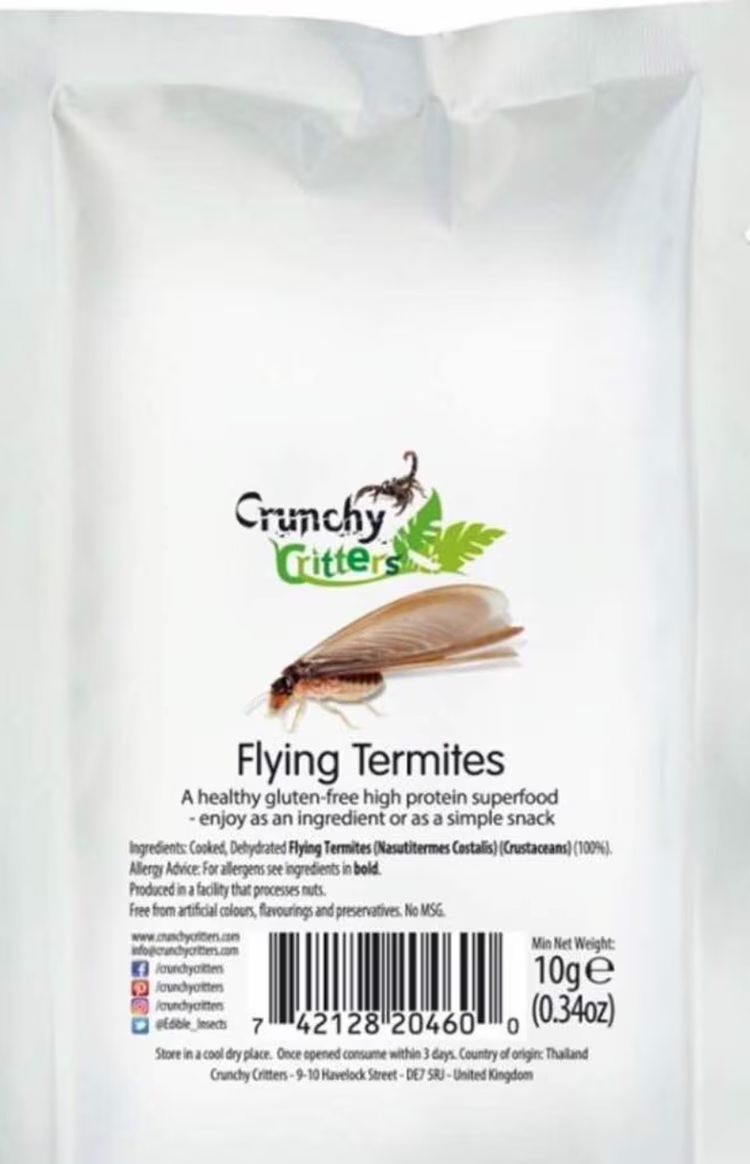
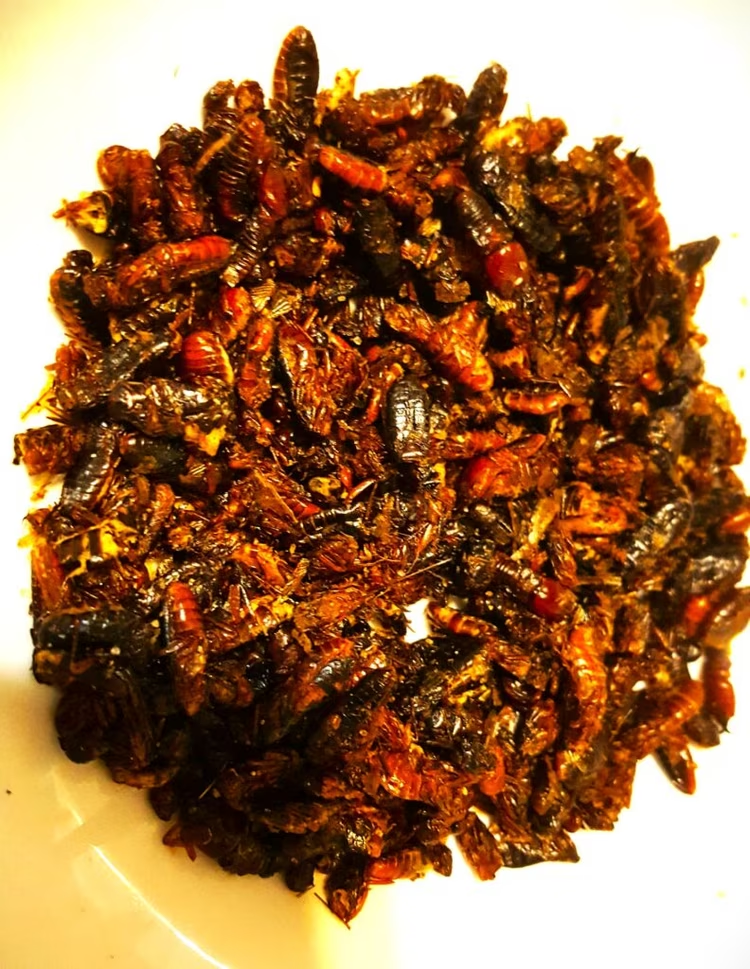
Mafulufute
Mafulufute are edible insects that appear after the first rains, usually on sunny days at noon. Mafulufute are about three times the size of an inswa and have a large, fatty abdomen, similar to that of a wasp.
The insects are de-winged by hand, fried on medium heat until crunchy, and then salted. They are served with nshima, a Zambian staple, or they can be eaten alone as a snack.
The Global Perspective
The acceptance and integration of insects into mainstream diets remain a challenge in many parts of the world, primarily due to cultural perceptions and unfamiliarity. However, as the benefits of insect consumption become more widely recognised, attitudes are gradually shifting. In many Western countries, insect-based products such as protein bars, flours, and snacks are beginning to appear on supermarket shelves, signalling a slow but steady acceptance.

Could Zambians Be Ahead of the Times?
Zambia and other African countries' longstanding tradition of insect consumption uniquely positions them in the global conversation on sustainable food sources. While the rest of the world is only beginning to explore insects' potential, Zambians have been harnessing this resource for generations. Their practices offer valuable insights into insects' culinary and nutritional benefits, providing a model for sustainable eating that could be adopted globally.
In conclusion, as the EU and UN promote insects as a future food source, Zambia’s rich tradition of entomophagy highlights a forward-thinking approach to nutrition and sustainability. By looking at these age-old practices, the global community can learn how to integrate insects into diets in a nutritious and environmentally responsible way. Indeed, Zambians may very well be ahead of their time in leading the charge towards a sustainable food future.

